The Manot bed that made it from a Herefordshire attic to the Metropolitan Museum of Art, courtesy of Country Life
When Henry Avray Tipping spotted a 17th-century four poster languishing in a Herefordshire attic in 1911, he set off a chain of events that saw the bed leave its ancestral home and land at The Met in New York
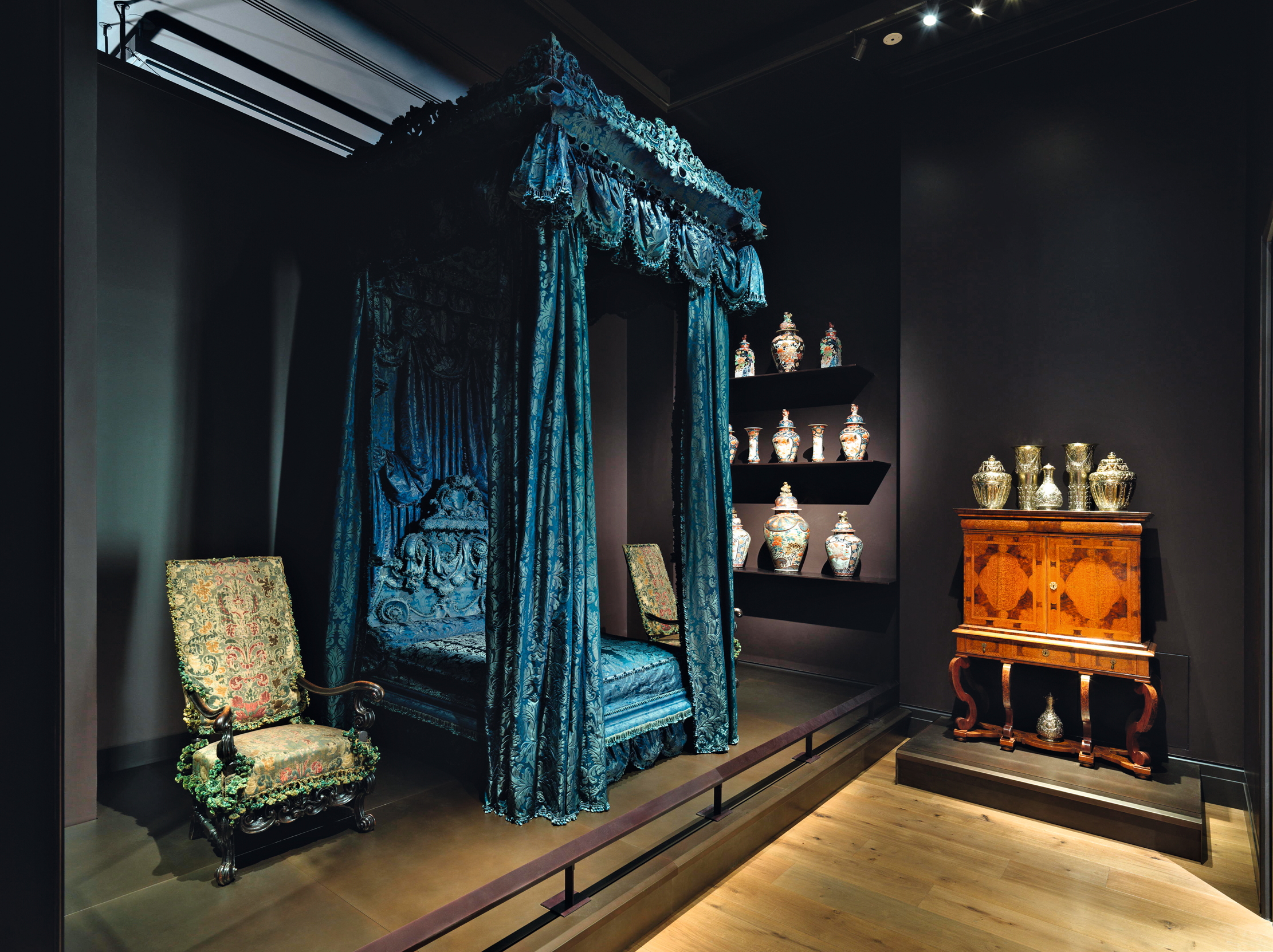

This is the story of how an English bed conceived by a French designer ended up in an American museum. It starts in Paris, where the young Huguenot Daniel Marot was working as an engraver at the Manufacture des Gobelins. He had just begun making his name, reproducing the works of Jean Bérain, one of Louis XIV’s leading designers, when, in 1681, the King started persecuting the Huguenots, eventually revoking the Edict of Nantes, which for the previous 87 years had given French Protestants the right to practise their religion.
During those troubled years, Marot fled the country and moved to Holland, where he championed the flamboyant, ornate decorating style that had been popular at Versailles. Soon, the Frenchman’s work caught the eye of William of Orange, for whom he created many of the interiors of Paleis Het Loo in Apeldoorn. When William and Mary ascended to the British throne, Marot followed them across the North Sea, working primarily at Hampton Court Palace, where he designed, among other furniture, theatrical beds full of architectural details for the State Rooms.
At another Hampton Court, near Leominster in Herefordshire, one of William III’s courtiers, Thomas, Baron Coningsby, was also looking for suitable state beds. With their gigantic (and costly) proportions, they doubled up as status symbols. Taking inspiration from the ‘vast and sumptuous’ Marot four-poster at the Thames-side palace must have seemed an obvious choice, although Coningsby favoured a design tweak, ‘that of fretting out immense and elaborate scrolls in the white wood that composes the substance of these beds, onto which the damask is glued,’ as Architectural Editor Henry Avray Tipping explained in Country Life in 1911.
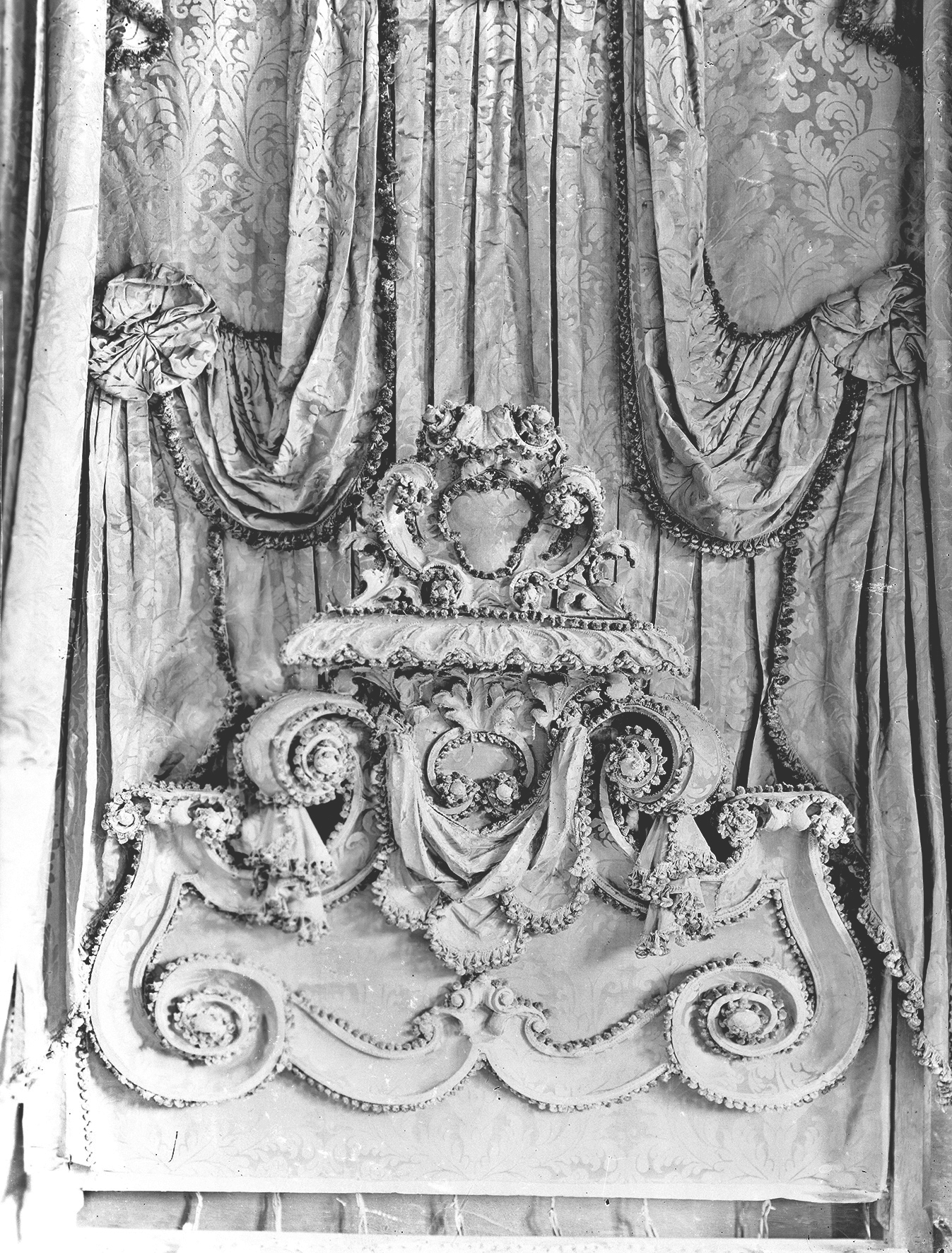
Theatre of wild dreams: the Hampton Court blue bed included this fantastically ornate carved wooden headboard.
The baron had not one, but two four posters made in about 1698, one bedecked in blue silk damask for himself, the other in red for the King, were he ever to visit. ‘So fine a bed of the Marot type in such unusually perfect state is rare indeed,’ said Tipping of the blue version.
It was all the more surprising because the four-poster bed — too monumental for early-20th-century rooms at 12ft high — had long been stored in one of the house’s attics, that ‘hospital for dusty cast-offs’ where Tipping had spotted it and from which he had rescued it so it could be photographed in Country Life. He may not have realised it then, but his eagle eye started a chain of events that saw the blue state bed leave its ancestral home, where it had stayed undisturbed for centuries despite changes of ownership, for the USA (with the red four poster heading for The Netherlands and the Paleis Het Loo).
In 1925, 14 years after that magazine article, the blue bed was bought by a Bond Street dealer, who, in turn, sold it to American magnate William Randolph Hearst. Perhaps Hearst had wanted it for St Donat’s, then his castle in Glamorgan, Wales, or perhaps for his Californian home. Either way, he never used it. The bed remained in its crate until 1968, when Hearst’s son, William Randolph Jnr, presented it to The Metropolitan Museum of Art in New York.
Restoration only started in 1986 and by then, wrote William Rieder in European Furniture in The Metropolitan Museum of Art, ‘the bed was in a considerably less perfect state than it had been in 1911’, requiring not only thorough conservation work, but also replica silk damask coverlet, curtains and valances to preserve the fragile originals. Brought back to its former glory, it turns heads in the Met’s renovated British Galleries — thanks, in part, to Country Life.
Exquisite houses, the beauty of Nature, and how to get the most from your life, straight to your inbox.
Carla must be the only Italian that finds the English weather more congenial than her native country’s sunshine. An antique herself, she became Country Life’s Arts & Antiques editor in 2023 having previously covered, as a freelance journalist, heritage, conservation, history and property stories, for which she won a couple of awards. Her musical taste has never evolved past Puccini and she spends most of her time immersed in any century before the 20th.
-
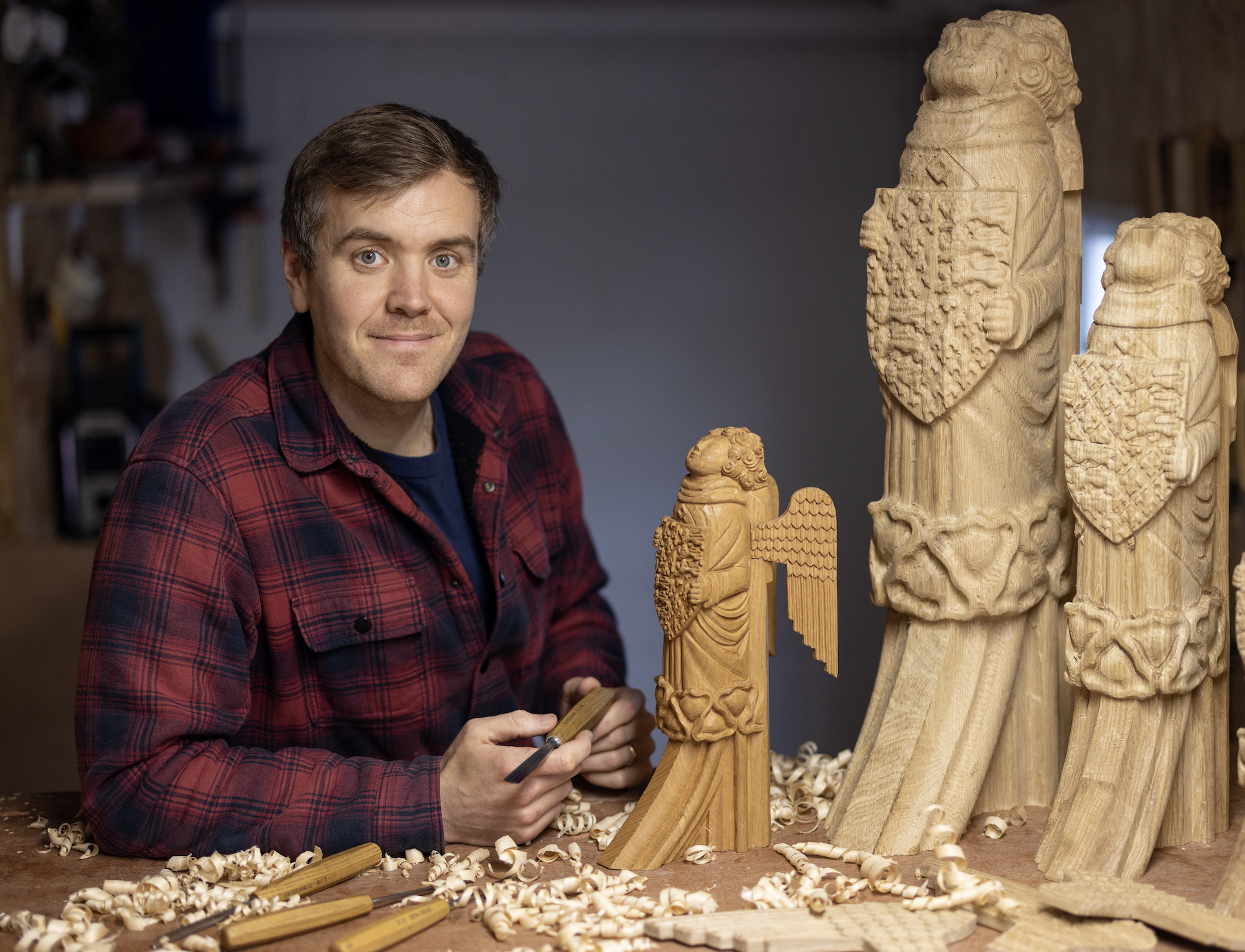 ‘Each one is different depending on what mood I’m in, how I'm feeling and how my energy is’ — meet the carver behind Westminster Hall's angel statues
‘Each one is different depending on what mood I’m in, how I'm feeling and how my energy is’ — meet the carver behind Westminster Hall's angel statuesBespoke woodcarver William Barsley makes unique scale replicas of the angels that gaze over Westminster Hall, the oldest part of the palace of Westminster.
-
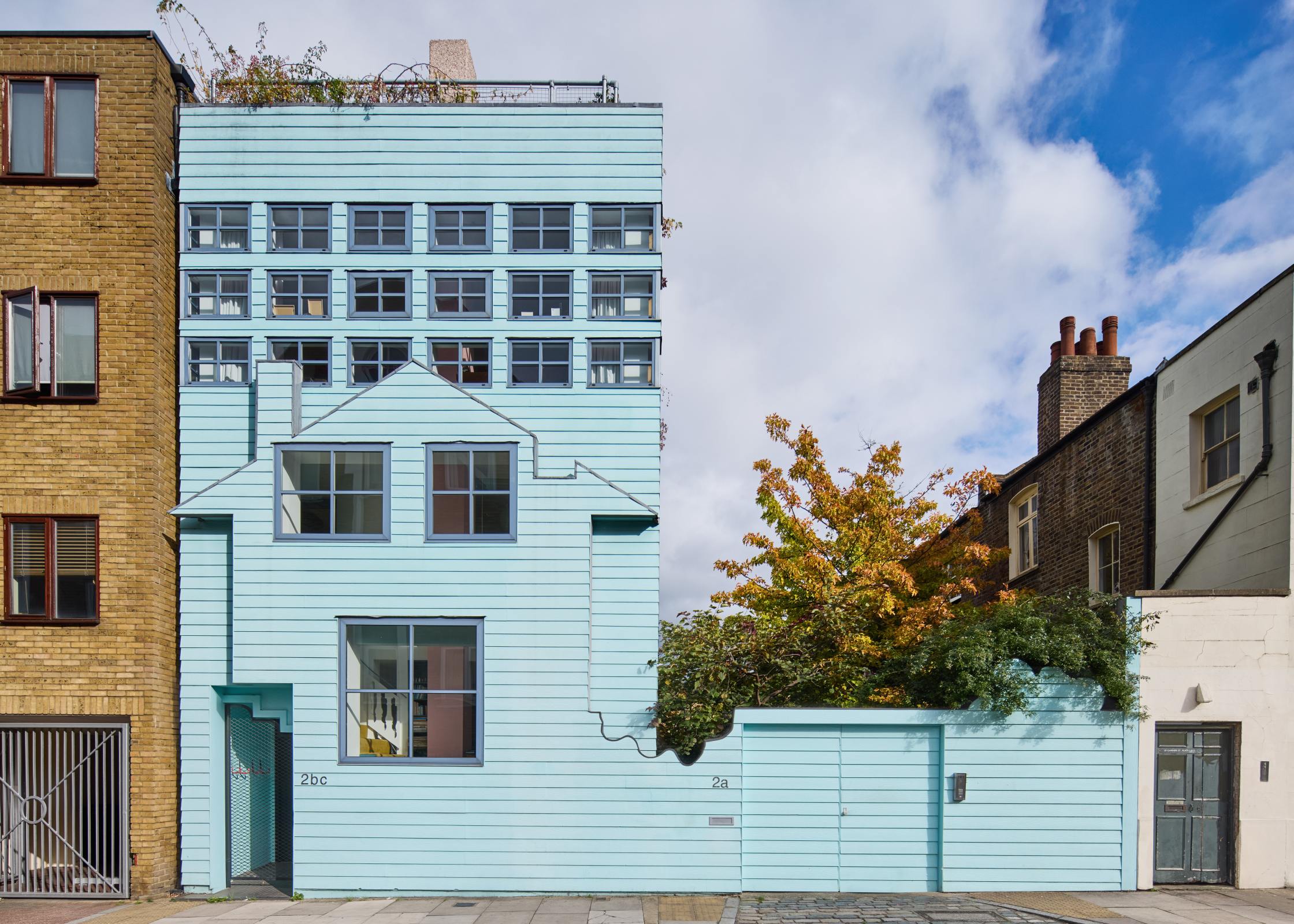 This house in glorious technicolour is the perfect antidote for the grey days of a British winter — so why don't more of us live in brightly coloured homes?
This house in glorious technicolour is the perfect antidote for the grey days of a British winter — so why don't more of us live in brightly coloured homes?It's not often that you see a home sporting the colour palette that you'd get if you hired a four-year old as your interior designer. But why not? The Blue House in Bethnal Green asks this and many more questions.
-
 ‘Each one is different depending on what mood I’m in, how I'm feeling and how my energy is’ — meet the carver behind Westminster Hall's angel statues
‘Each one is different depending on what mood I’m in, how I'm feeling and how my energy is’ — meet the carver behind Westminster Hall's angel statuesBespoke woodcarver William Barsley makes unique scale replicas of the angels that gaze over Westminster Hall, the oldest part of the palace of Westminster.
-
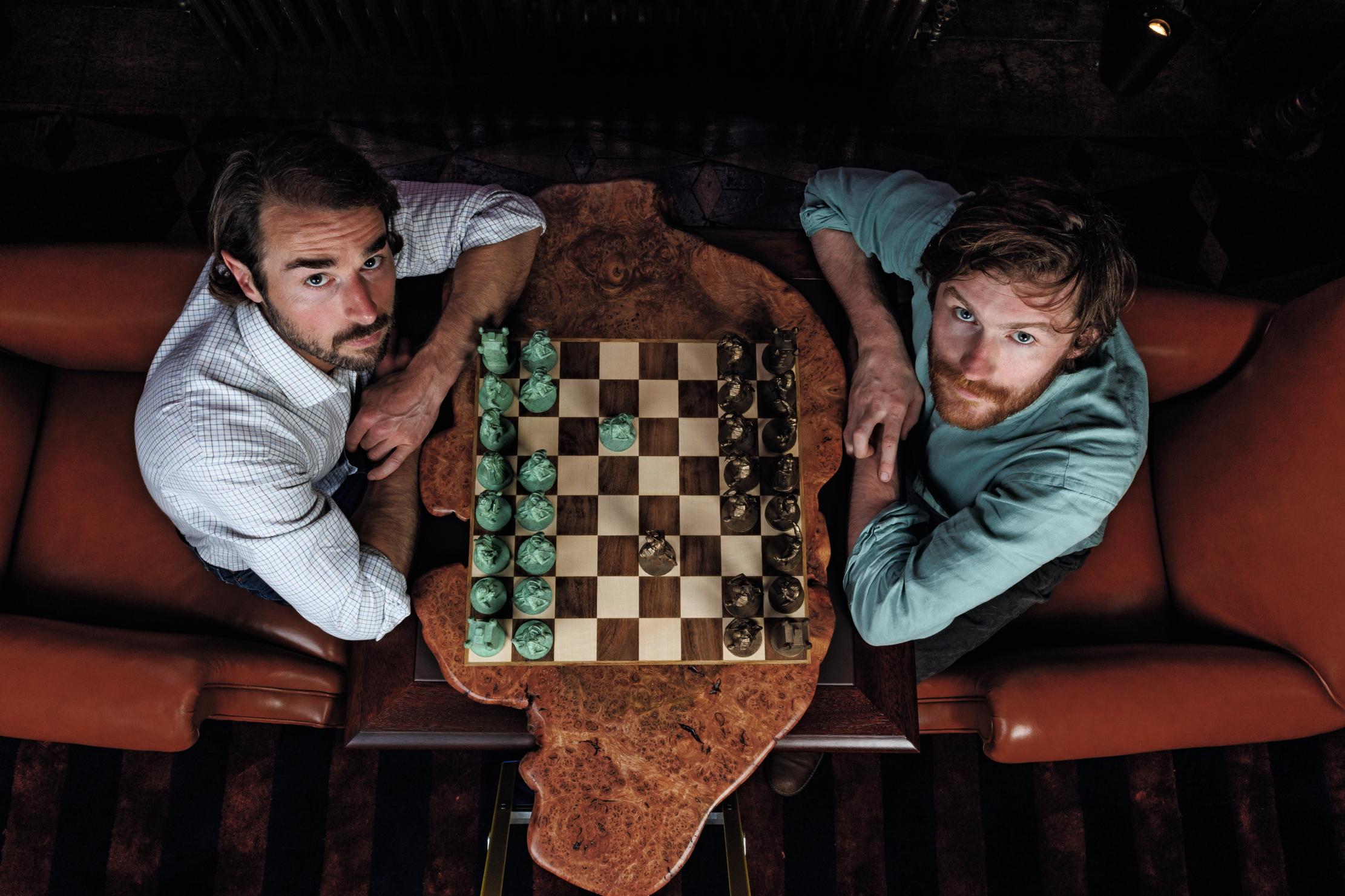 If chess is 'the supreme board game', then it deserves to be played on boards like these
If chess is 'the supreme board game', then it deserves to be played on boards like theseChess sets and backgammon boards are a familiar sight on drawing-room tables, but one expert Highland woodworker is refashioning their forms in beautiful new ways.
-
 A slick looking off-roader that's a far cry from its rustic rural roots — Volvo EX30 Cross Country
A slick looking off-roader that's a far cry from its rustic rural roots — Volvo EX30 Cross CountryThe latest iteration of Volvo's Cross Country is flashy, fast and stylish. But is that what a Volvo Cross Country is supposed to be?
-
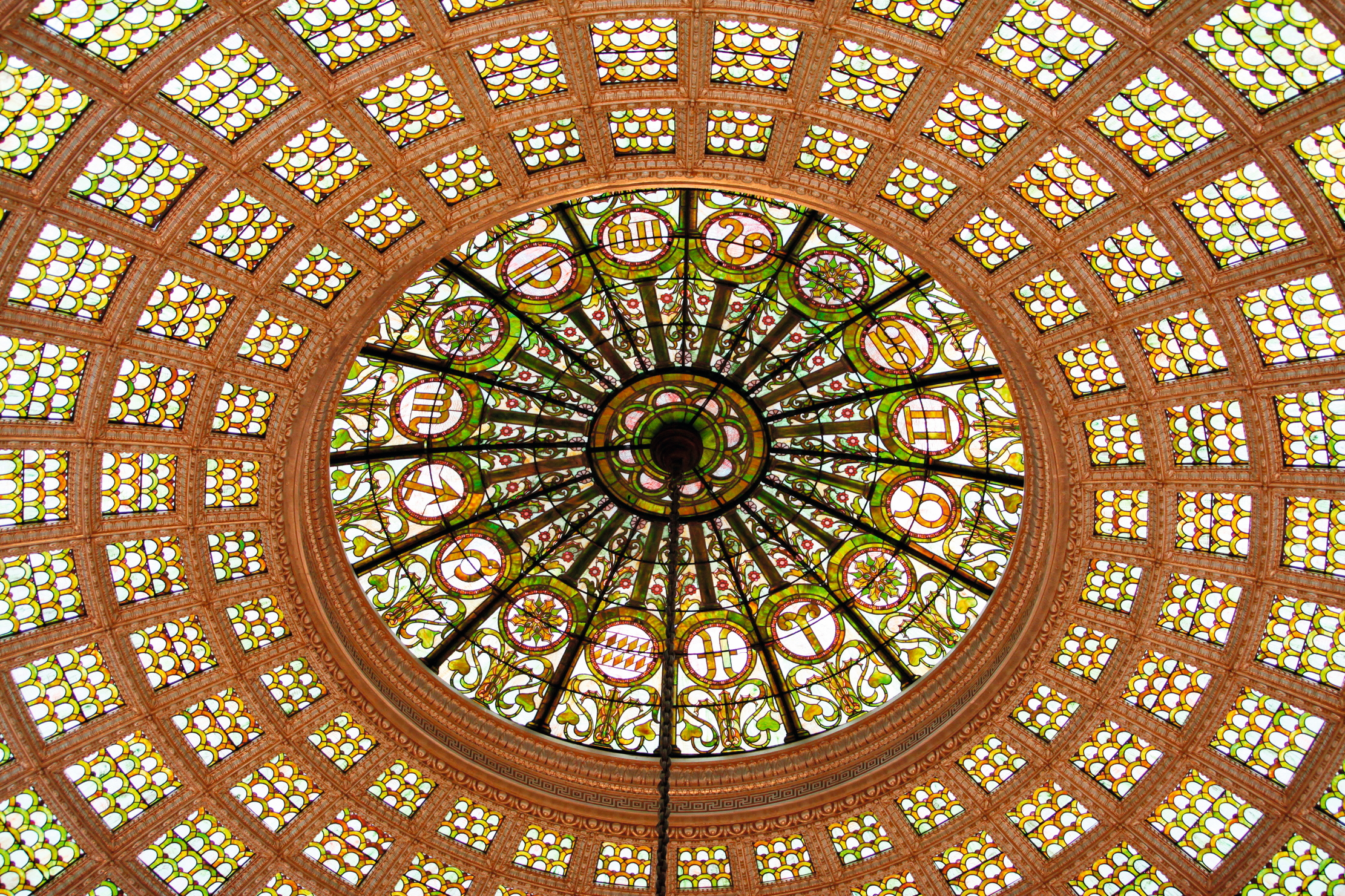 'Gems of enflamed transparencies, of bottomless blues, of congealed opals': Why glass was perfect for the elemental experimentalism of Art Nouveau
'Gems of enflamed transparencies, of bottomless blues, of congealed opals': Why glass was perfect for the elemental experimentalism of Art NouveauArt Nouveau masters such as Louis Comfort Tiffany and Émile Gallé turned the most fragile of materials into iridescent masterpieces that shimmered like seashells or glittered like Byzantine mosaics.
-
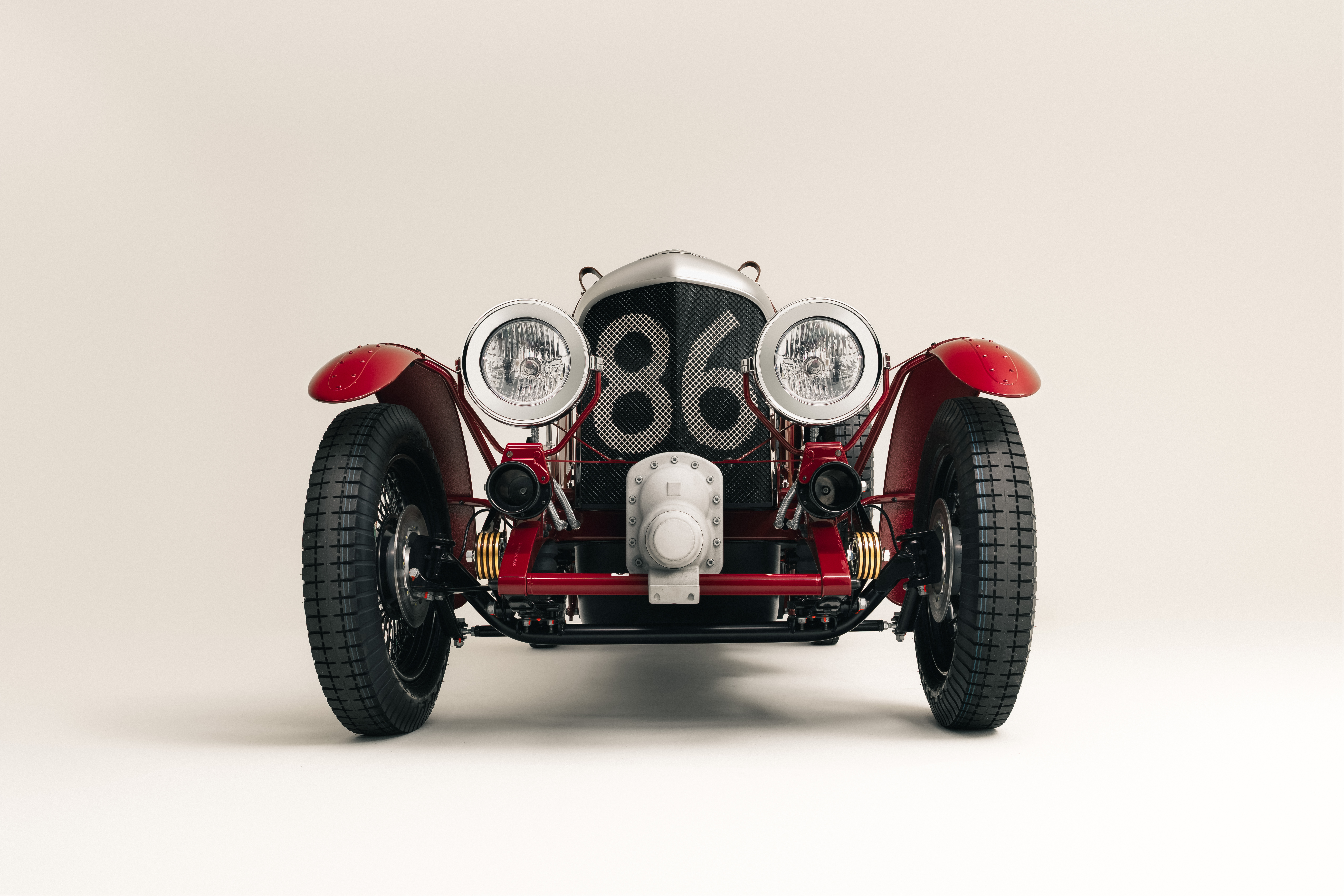 Why you absolutely need an electric Bentley Blower furnished with Russian reindeer leather
Why you absolutely need an electric Bentley Blower furnished with Russian reindeer leatherA collaboration between Hedley Studios and The King's shoemaker George Cleverley has produced something rather remarkable. Jeremy Taylor goes for a drive.
-
 Kilt status: A history of the iconic Scottish skirt, from wartime wrap to punk protest
Kilt status: A history of the iconic Scottish skirt, from wartime wrap to punk protestEverything you need to know about the kilt — apart from what to wear underneath one.
-
 The Glovebox: Return of the Bentley Supersports, the ultimate rural Range Rover and the car collection fit for The King
The Glovebox: Return of the Bentley Supersports, the ultimate rural Range Rover and the car collection fit for The KingA century after it was the first Bentley to top 100mph, the Supersports is back and looking better than ever.
-
 'The night smells like engine oil… and money': Singapore’s glittering night race paved the way for a new era of city-centre Grands Prix
'The night smells like engine oil… and money': Singapore’s glittering night race paved the way for a new era of city-centre Grands PrixIt's the Las Vegas Grand Prix this weekend, but it and other city-centre Grand Prix would be nothing without trailblazing Singapore. Natasha Bird explains how the city state got it so right.
